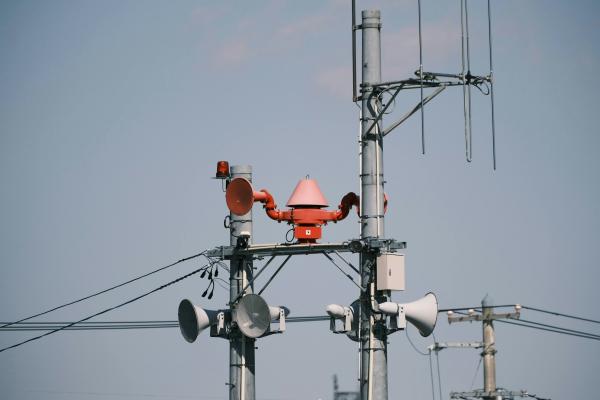In a recent paper on ‘Enhancing Warnings’ (reported on Resilience First News website here), the authors stated that ‘Warnings are seldom considered beyond the issuance of a warning, yet warnings are far more complex, requiring a comprehensive tool and system to help implement preventative, mitigative, and disaster risk-reductive actions.’ Learning lessons from disasters and disruptions is a key part in improving early warning systems, and especially the people who are responsible for enacting the warnings. It is not necessary to look too far in the past to see how lessons can be applied.
The Kedarnath trajedy
In June 2013 in Uttarakhand (India) the monsoon arrived almost two weeks earlier than expected. The torrential cloudbursts and massive glacial lake outbursts resulted in a sudden swelling of the local river basins. This led to devasting floods in the region, commonly referred to as the Kedarnath tragedy.
The aftermath rendered the key public assets and critical infrastructure dysfunctional, overwhelmed schools and hospitals, buckled highways and bridges, wrecked civic service delivery systems, snapped telecommunication networks, and incapacitated fire and emergency services. This not only compromised the relief-rescue operations but also severely reduced the coping capacity of the community.
The floods caused material losses of around US$ 1bn, death of about 6,000 people, and led to an equal number still being reported as missing. Being a renowned pilgrimage and eco-tourism circuit in India, the region saw the disaster coinciding with the peak congregation, affecting more than 300,000 lives in just over three days.
Though moderately-sized disruptive events were a reality in the region, the 2013 incident remains unique in terms of the historic trend and expected probability. The lesson here is not to use past events as predictors of future ones.
Chinks in the armour
In retrospect, the delayed response and resource limitations were attributed to a defective risk-management framework, as detailed here:
- It took a catastrophe of such magnitude to realise the growing reliance of society upon interconnected, functional nodes and closely coupled systems.
- The pre-disaster knowledge base among the emergency response agencies, media, volunteers and local inhabitants denied the potential victims an opportunity to take informed decisions to protect themselves.
- The underdeveloped forecasting and early warning systems reduced the effectiveness of the evacuation mechanisms and alert protocols.
- The existence of multiple information flows and command structures only weakened the response and disoriented the aid agencies.
The extensive damage and needs assessment carried out by the Indian Government in collaboration with the multilateral development institutions laid the framework for a major policy shift to proactive risk management as well as sustainable recovery and reconstruction for the future.
Risk-reduction investments were made in: (i) multi-hazard resilient assets such as strategic roads and bridges, public schools and hospitals, (ii) augmented emergency response capacities through the provision of modern search and rescue equipment and training, (iii) the bolstering of the hydro-meteorological network and early warning systems, (iv) the establishment of a risk-modelling framework and geospatial decision support system, and (v) and requirement of the Uttarakhand State Disaster Management Authority to operate and function in compliance with the Sendai Framework for Disaster Risk Reduction.
Lessons learned
The Uttarakhand State has drawn on the lessons learned in the wake of the Kedarnath disaster with the result that the risk-management framework has become a best-practice model which now serves as a blueprint for other states and neighbouring Himalayan nations. Being at the core of the economy, critical infrastructure was duly recognised as the central factor in enabling labour productivity, facilitating redistributive justice and meeting basic needs to assure a decent quality of life.
The formal mechanisms to appraise the cost-benefit ratio of policy measures exist now as far as critical asset resilience is concerned. A pre-emptive investment in more resilient infrastructure is clearly a cost-effective and robust choice, the net result of which is a $4 in benefit for every $1 invested in resilience.
Furthermore, the policy commitments for increased resource allocation helped towards disaster-climate risk mitigation, reinforced multi-hazard early warning systems, enabled fully equipped district emergency operation centres, and introduced risk-informed development planning.
In addition, a structured framework that enhances interoperability and behaviour co-ordination under multi-layered team settings is integrated into the emergency response model of the State. It has proved to be critical in stimulating a calibrated response to critical events, all the while bringing the disparate units together to share resources, authority and knowledge.
Savin Bansal is an Indian civil servant who is presently pursuing a Masters in Risk, Disaster and Resilience at IRDR, University College London. The views and perceptions expressed are in personal capacity and cannot in anyway be construed as that of the Government of Uttarakhand, Government of India or the University College London.



